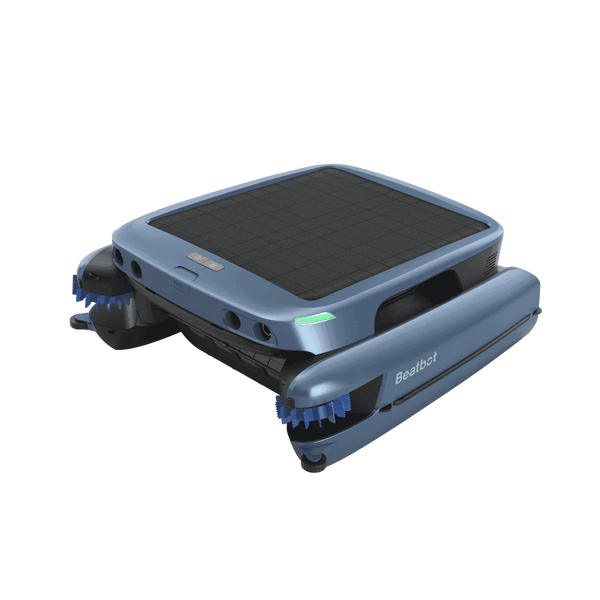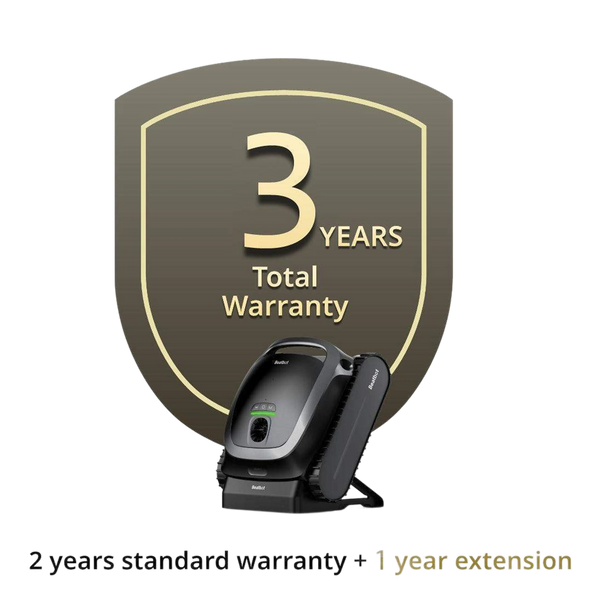A Guide to Emptying a Pool Without a Pump: Diverse and Efficient Water Removal Methods
Proper maintenance of a pool often requires the need to empty it without using a pump. Understanding various techniques for water removal can streamline the process and ensure optimal results. Let's explore comprehensive methods for efficiently emptying your pool without a pump.
Table of content
Siphoning: Harnessing Gravity for Controlled Drainage
Siphoning is a simple yet effective method for removing water from a pool without a pump. Gravity facilitates water flow out of the pool by creating a vacuum effect through a hose submerged in the pool and into a designated discharge area. This manual approach allows for precise control over the drainage process, making it suitable for pools of varying sizes.
Utilizing Wet-Dry Vacuums: Versatile Water Extraction Tools
Wet-dry vacuums with drainage capabilities offer a versatile solution for pool water removal.
These vacuums can handle wet and dry substances, allowing efficient water extraction from pools without traditional pumping equipment.
When connected to a garden hose and submerged in the pool, wet-dry vacuums provide an accessible means of emptying smaller to medium-sized pools.

Renting a Trash Pump: Heavy-Duty Solution for Large-Scale Draining
Renting a trash pump can be practical when emptying a large pool. Trash pumps are specifically designed for handling high volumes of water and solid debris, making them well-suited for efficiently draining larger pools. Whether for maintenance, repairs, or seasonal adjustments, utilizing a trash pump simplifies emptying substantial water volumes.
Creating Drainage Outlets: Optimizing Water Flow Management
Establishing temporary drainage outlets or connecting to existing drainage systems enhances the efficiency of pool water removal.
By strategically positioning drainage outlets and ensuring proper water flow management, pool owners can facilitate the seamless emptying of their pool while maintaining control over the water disposal process.
This method is particularly beneficial for pools with recurring drainage needs.
Relying on Professional Assistance: Tailored Solutions for Complex Needs
In cases where specialized drainage solutions are required, seeking professional assistance is advisable.
Pool maintenance experts have the expertise and specialized equipment to address complex drainage tasks effectively.
From intricate water management challenges to compliance with regulations and environmental considerations, professionals can provide tailored solutions for ensuring optimal water removal outcomes.
Conclusion
By embracing these diverse and efficient approaches, pool owners can confidently and easily navigate emptying a pool without a pump. Whether manual siphoning, wet-dry vacuum utilization, trash pump rental, or professional assistance, selecting the most suitable method based on specific pool requirements ensures streamlined water removal and facilitates hassle-free maintenance and care.
FAQs About How To Empty A Pool Without a Pump
What is the most common manual method for emptying a pool without a pump?
Siphoning is the most common manual method for emptying a pool without a pump. This technique involves creating a vacuum effect through a hose submerged in the pool and allowing gravity to draw the water out.

How long does the siphoning method take to empty a pool?
The time it takes to empty a pool using the siphoning method depends on various factors, such as the pool's size and the siphon's flow rate. Generally, smaller pools can be emptied relatively quickly, while larger pools may take longer.
Are there any environmental considerations when emptying a pool without a pump?
Yes, we should always keep in mind the importance of the environmental impact of draining pool water.
Depending on local regulations, the discharged water may need to be diverted to an appropriate drainage system or designated area to prevent contamination of natural water sources.
What safety precautions should I take when emptying a pool without a pump?
When performing pool water removal, ensure that electrical safety guidelines are followed, especially when using equipment such as wet-dry vacuums.
Additionally, be mindful of potential slipping hazards caused by discharged water on the pool deck or surrounding areas.
Can pool water be reused or recycled after being drained from the pool?
In some cases, pool water that has been adequately treated and maintained may be suitable for reuse in other non-potable applications, such as irrigation, provided that local regulations and guidelines are followed for water reuse.
Relative Blogs
About the author


























